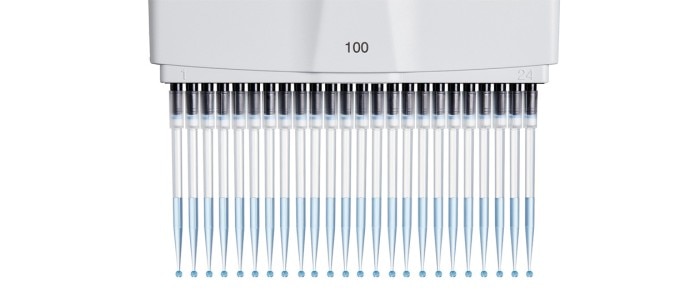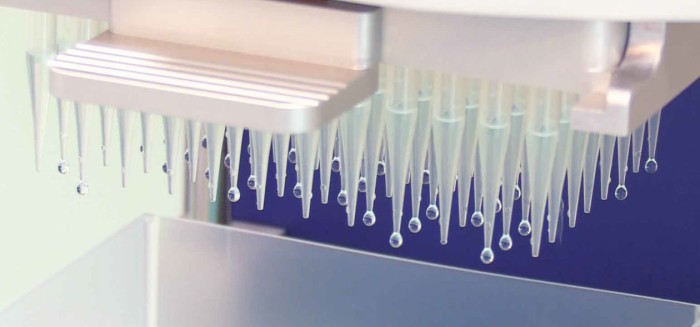Logged in as:
You are about to leave this site.
Please be aware that your current cart is not saved yet and cannot be restored on the new site nor when you come back. If you want to save your cart please login in into your account.

How to Stop Dripping When Pipetting Volatile Liquids
Lab Academy
- Cell Biology
- Pipette Tips
- Cell Culture
- Pipetting & Dispensing
- Efficiency
- Essay
Who isn’t aware of acetone, ethanol & co. starting to drip out of the pipette tip directly after aspiration? Probably, every one of us has experienced this. Supposed secret recipes like “working as fast as possible” while “placing the tubes very close to each other to avoid chemical loss and spillage” belong to your daily practices? Even if chemical droplets ran faster it is relatively often tolerated that pipetting is not accurate anymore. Just some small changes in pipetting techniques, and the right choice of pipette type can help overcome these daily challenges!
Why do pipettes drip?
Classic pipettes start dripping when pipetting volatile liquids due to the air inside the pipette. This so-called air cushion exists between the sample liquid and the piston inside the pipette. As commonly known, air is flexible and adapts to external influences such as temperature and air pressure by expanding or compressing. Liquids are also subject to external influences and naturally evaporate as the humidity of air is lower. A volatile liquid evaporates much faster than water. During pipetting, it evaporates into the air cushion forcing the latter to expand and liquid is pressed out of the pipette tip … the pipette drips.Read more
Read less

How to prevent liquids from dropping out
One technique to reduce or even stop the dripping is to achieve a higher percentage of humidity in the air cushion. This is done by pre-wetting the pipette tip and thereby saturating the air cushion. When using low volatile liquids such as 70 % Ethanol or 1 % acetone, aspirate and dispense the sample liquid a minimum of 3 times, before aspirating the sample volume you want to transfer. If the concentration of volatile liquid is higher, repeat these pre-wetting cycles 5-8 times. However, with very high concentrations such as 100 % ethanol or chloroform, this won’t be enough. It’s best to use another type of pipette: a positive displacement pipette. These pipettes use tips with an integrated piston without an air cushion. The sample is in direct contact with the piston and there is no risk of dripping.Become a master of pipetting
You can easily improve your accuracy when pipetting volatile liquids by choosing the correct technique or changing the tool you are using. Additionally, you will increase safety by avoiding spillage and simplify your workflow. If you want to learn more on correct pipetting, watch our Youtube video tutorial How to pipette correctly .Read more
Read less
Videos not loading, because cookies have been rejected. Change your

Videos not loading, because cookies have been rejected. Change your


